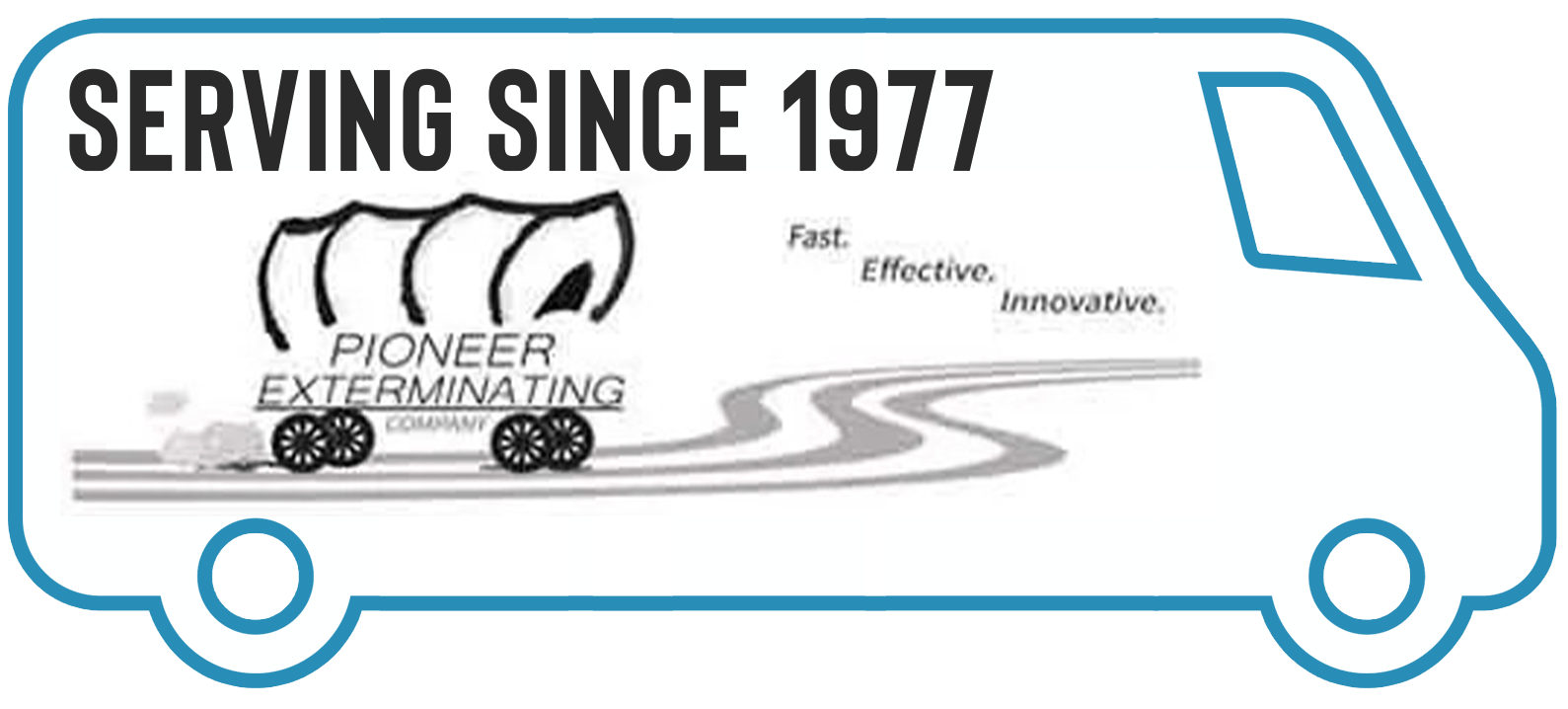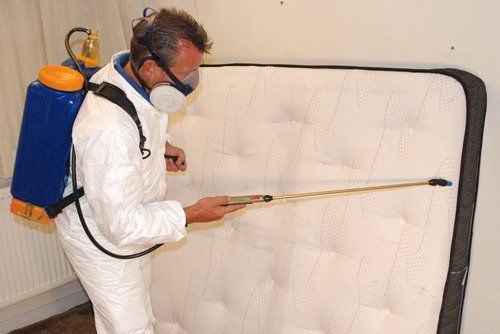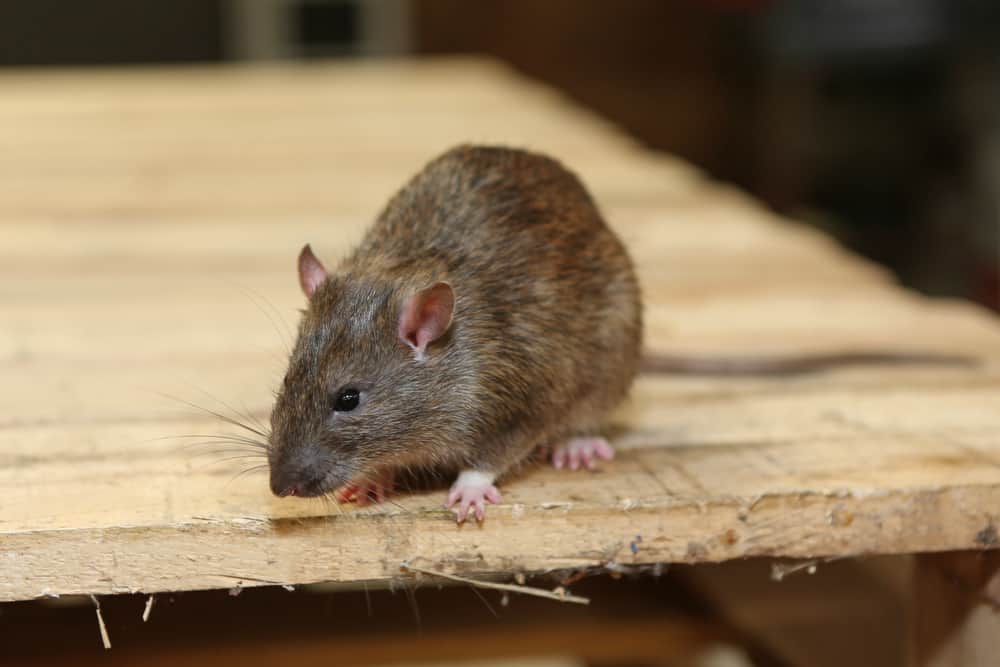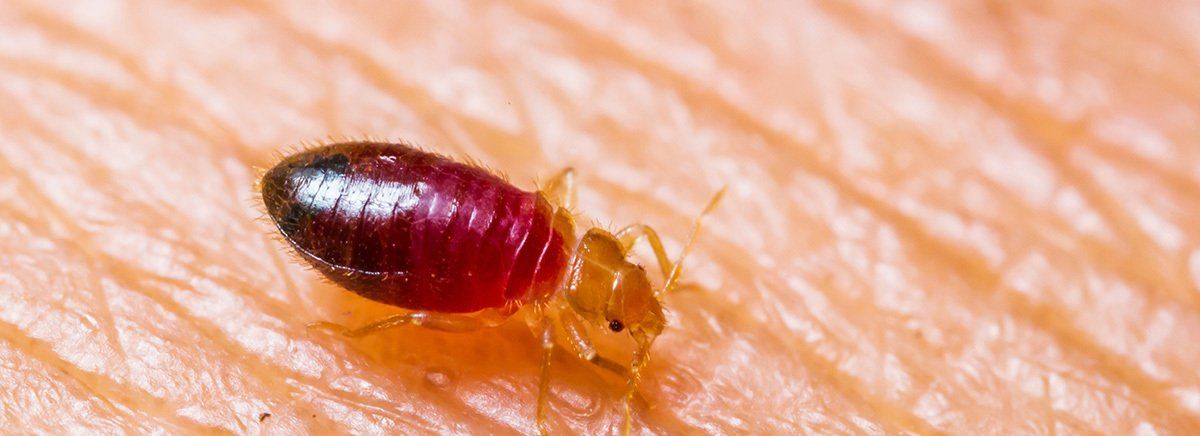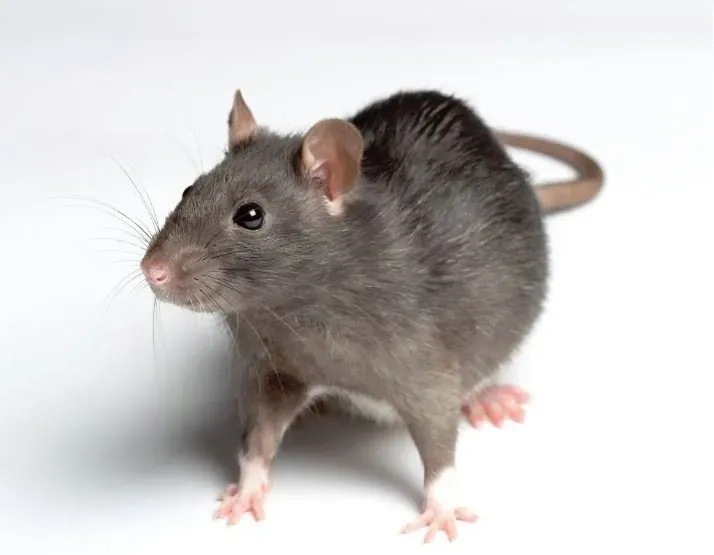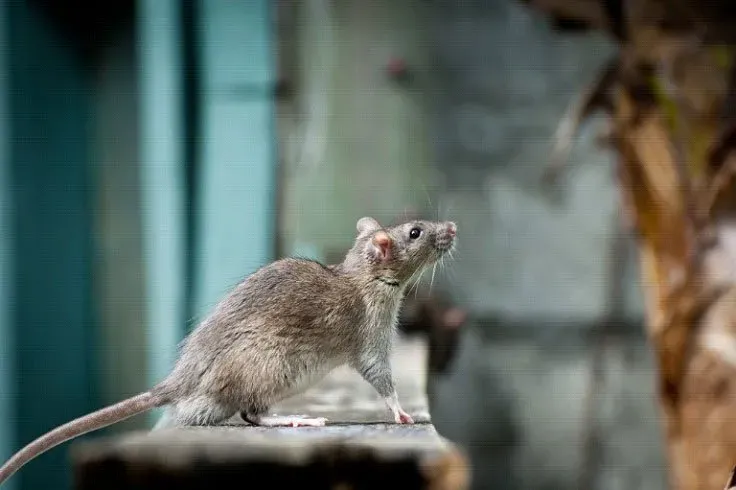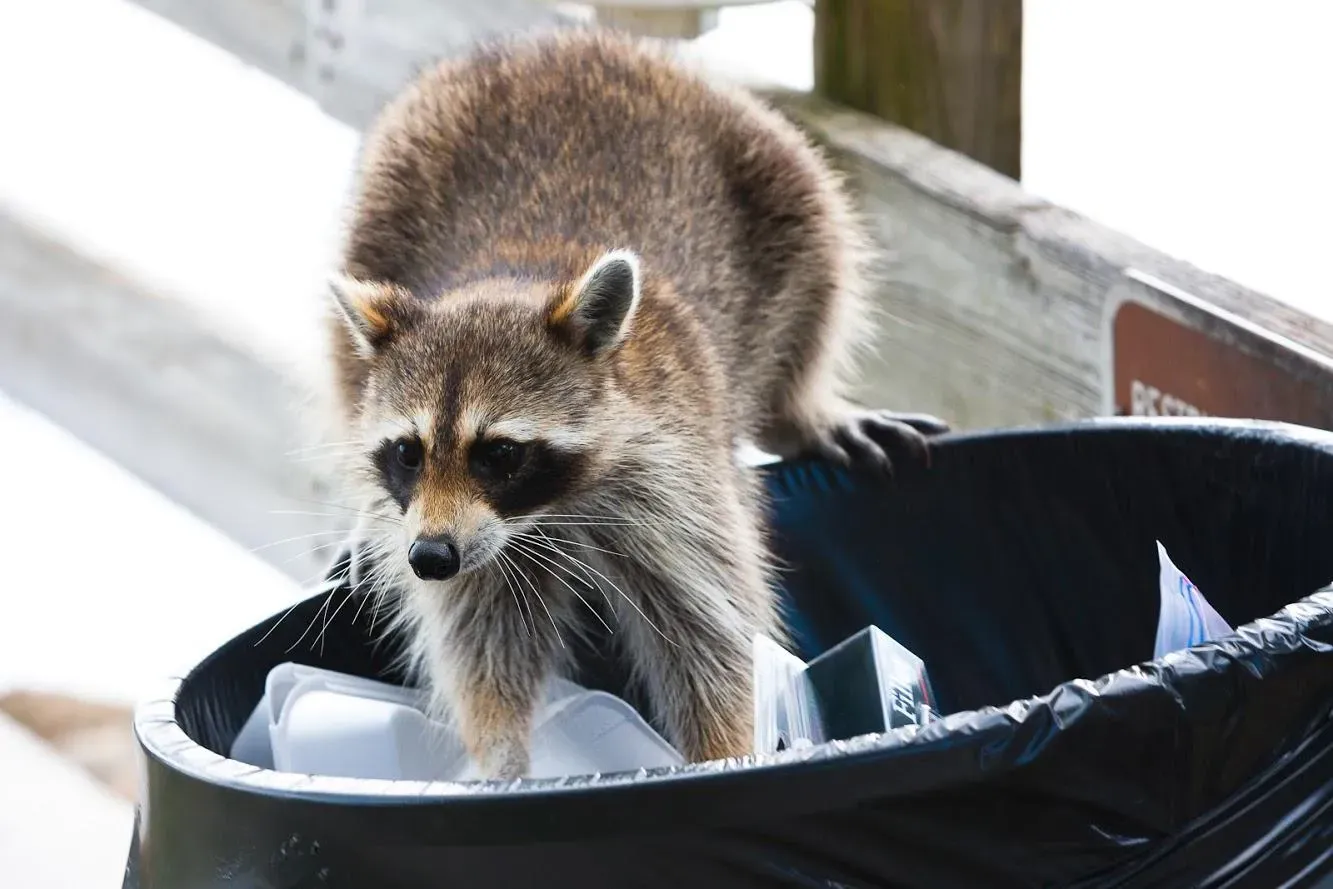5 Tips to Control Pests in Multi-Unit Housing
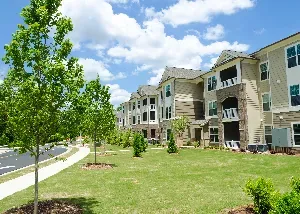
Hotels, apartments, and retirement communities are just a few types of multi-unit housing that are at greater risk for pest control issues. Any time that multiple people share the same building, pests can travel from one residence to another, leading to major infestations.
Your multi-unit housing property may also have a constant inflow of new residents that increases the chances of a pest invasion, or it may be located in an area that has large spider, ant, or roach populations. Either way, use these five tips to keep pests under control on your property.
1. Involve the Maintenance Crew
Although new residents often bring pests to the unit, you must also be on guard for insects and rodents that may try to find a way in through other means. For instance, cockroaches may enter a home through cracks in the plumbing system, and rodents can gnaw their way through rotten wood.
Create a strong maintenance team that is capable of performing common repairs on multi-unit properties. Since your maintenance crew often enters the units to perform repairs, make sure that they know how to look for signs of pest activity that require a professional pest inspection to determine the appropriate treatment.
2. Give Educational Materials to Residents
Every resident in the housing unit should be prepared to do their part to keep pest populations down. Provide each new resident with a handout of pest prevention tips that they can use during the moving process. For instance, they should check all boxes for signs of pests before bringing them into their new home.
Pest control education should always be ongoing. Consider creating a monthly newsletter that includes seasonal tips for pest prevention. Letting your guests know how to watch out for bed bugs during their holiday travels or to keep summer flies out of their house helps everyone enjoy a pest-free property.
3. Provide Reasonable Access to Waste Disposal Units
According to the Houston Apartment Association, the City of Houston has codes and ordinances in place that require property owners to take responsibility for rat control. As a property owner or manager of multi-unit housing, this means that you must take steps to eliminate food and shelter sources for rodents.
When multiple people share the same building, trash quickly piles up. Make sure that your property has enough dumpsters to handle the amount of trash the residents throw out. The dumpsters should also be located away from the exterior walls of the building to prevent pests from traveling between the dumpster and the residences.
4. Encourage Residents to Report Their Concerns
The stigma of having pests such as cockroaches or bedbugs in their home may cause some residents to be afraid to report the issue. However, owners should address these types of early on before they have a chance to spread to the other units.
Make sure that leases clearly explain the responsibilities of all involved parties regarding pest control. Then, include reminders for the residents to report pest concerns to the property manager. Put these reminders in multiple areas such as near the front desk of the main office and in community emails.
5. Create a Custom Plan for Pest Control Treatments
Every multi-housing property is different. While one property may only need seasonal treatments, others may need to have a pest technician inspect individual units after residents move out. Make sure that your scheduled pest control treatments fit the needs of your property.
At Pioneer Exterminating Company, our team routinely helps multi-unit properties implement an integrative pest control plan that ensures the health and safety of every resident. Give us a call today to address your pest control concerns.
